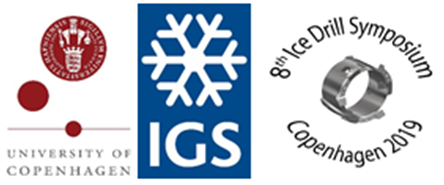Speaker
Description
Comparing with conventional ice core drilling method, laser ice drilling falls in the category of a new clean drilling technology involving innovative kind of non-mechanical physical ice destruction . High energy laser beam is applied to the surface of ice directly, and the ice is heated and melted rapidly. Laser drilling technology has been developed promptly by virtue of high penetration speed and efficiency, low costing, high security, and low pollution. A preliminary design of method and instrument for ice core drilling using laser has been developed. The instrument is comprised of laser cutting unit, electric rotation unit, and melt water processing unit. Laser unit acts a part of laser generation and laser transmitting. Laser beam is emitted through laser head, the electric rotation unit drives the drill bit which laser head assembled on rotate, to melt the ice and produce the core, meanwhile. Melt water is the main obstacle for laser drilling, because of the reduction of energy transmitting. A melt water processing unit has been designed to remove the water at the bottom by using a centrifugal pump which is driven by motor with lower reduction ratio. As a result, laser beam can be applied to ice surface directly. The penetration rate will be improved then. The first laboratory tests of the laser drill components are scheduled for 2019-2020.

